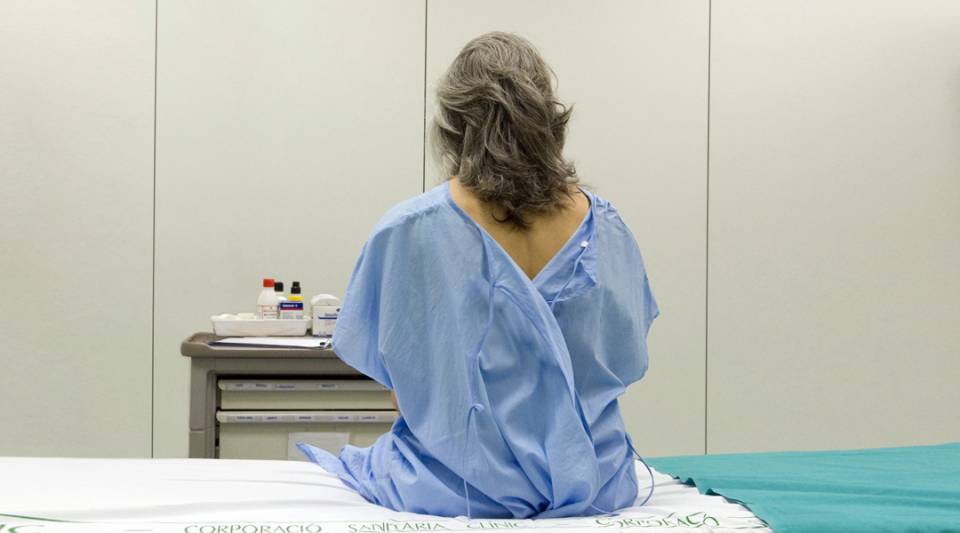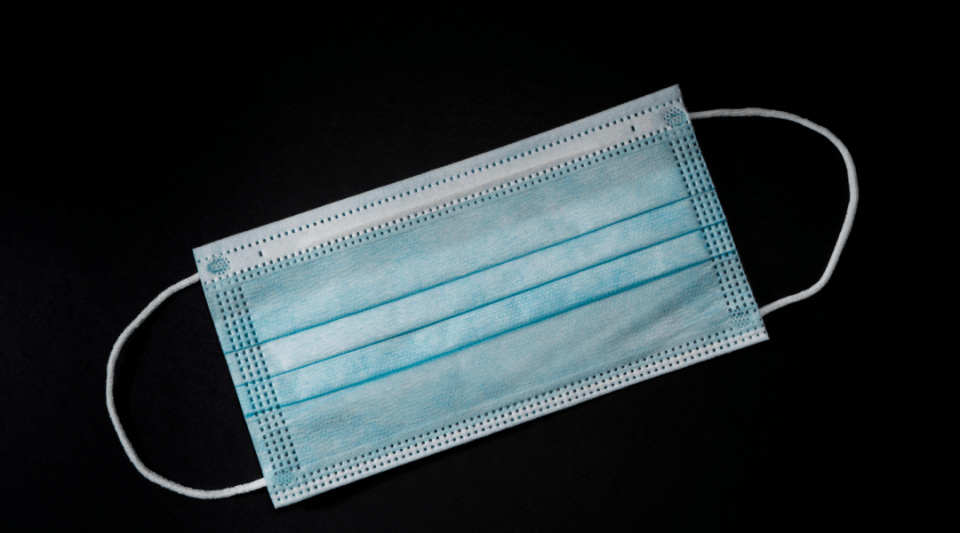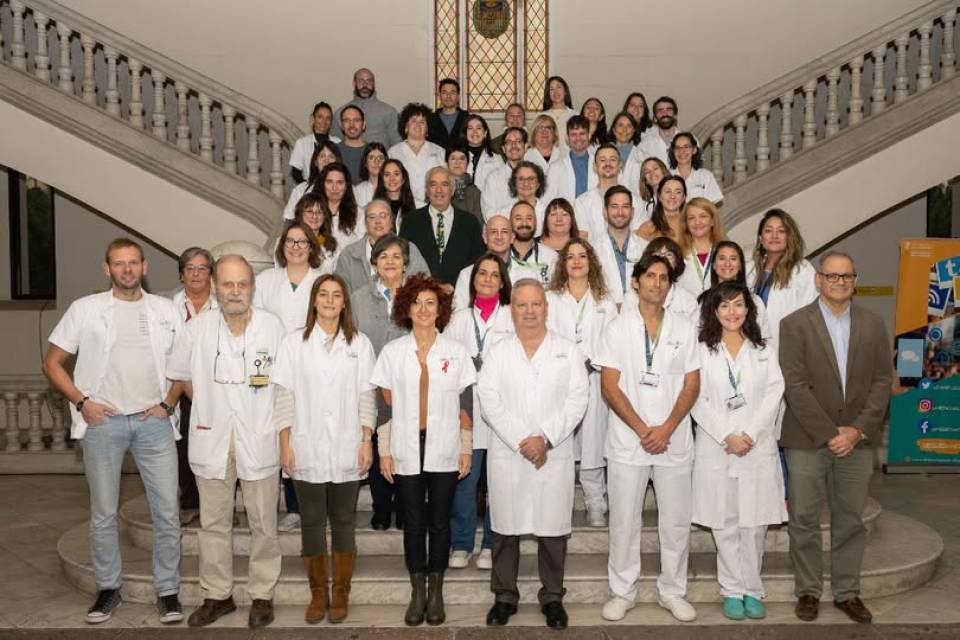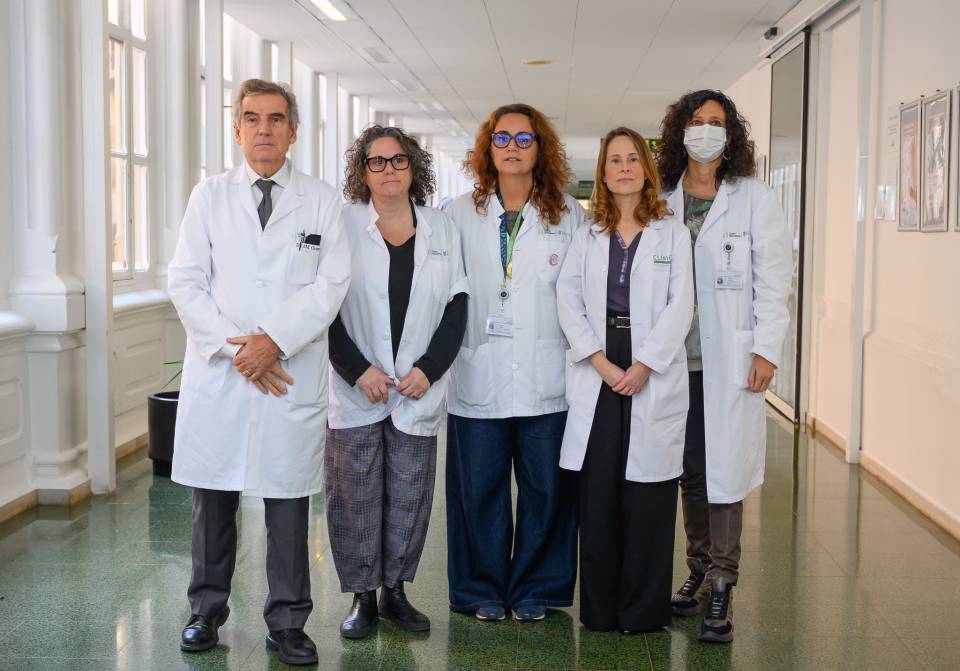The Hospital Clínic de Barcelona, through the Commission on Domestic and Gender-Based Violence (CVIG), reaffirms its institutional commitment to highlighting and dealing with gender-based violence in the field of health, and reveals that a total of 468 people (most women), victims of sexual violence, were treated in the A&E Department in 2021. This figure means that a total of 2,023 cases of sexual assault have been treated over the last 5 years. The report shows that the number of sexual assaults treated at the Hospital Clínic de Barcelona is returning to pre-pandemic levels (503 sexual assaults in 2019).
The data collected show that 90% of the assaults were perpetrated against women and 10% against men. 100% of the assailants were men and, in 50% of the cases, they were known to their victims. If we focus on the age of the victims, 46% of the women assaulted were 16-25 years old, and 5.4% of the latter were minors (16 and 17 years old).
The Commission on Domestic and Gender-Based Violence concludes that 42.4% of the people assaulted go to the A&E Department on their own, 21% accompanied by police officers, and 22.2% are referred to the A&E Department by another health centre (private hospitals, primary care A&E centres [CUAPS] and other hospitals). It also concludes that 7.7% of those assaulted are taken to the A&E Department by Emergency Medical System (SEM) ambulance.
62.8% of the women were raped (vaginal, anal or oral penetration) and 56% of the assaults on women occurred in the home, whilst 18.3% were carried out in a public place. The study reveals that 14 girls, all under 25 years old, were sexually assaulted by taxi drivers when they were on their way home after a night out. It also highlights the fact that 8 of the women attacked were in a situation of destitution, a figure that represents an increase, as 3 women were in this situation in 2020.
6% of the victims were assaulted by their partner, ex-partner or husband. In 2020, this figure was higher because of the home lockdowns caused by the first and second waves of the COVID-19 pandemic. This led to the women’s total isolation, a lack of social support and access to community care services. These sexual assaults always involve psychological abuse and frequently injuries and physical abuse such as wounds, trauma, burns and beatings, which also need to be treated. However, it should be borne in mind that they are an indicator of the severity of the situation and the risk concerning the safety of the women and their child(ren).
12% of the assaults on women were perpetrated by more than one assailant, a figure that is twice as high than in 2019. 31.4% of the assaults involved chemical submission, since they were carried out while the victim was under the influence of alcohol or other substances that reduce a person’s state of consciousness, their capacity to give consent and their ability to respond to defend themselves. This figure is similar to that of the previous years analysed, apart from 2020 when it was lower. The report also shows that, while they were being treated in the A&E Department, 61.7% of the women assaulted revealed their intention to report the crime they had been victims of.
The Hospital Clínic de Barcelona maintains that violence causes illness and sexual assaults involve health risks, cause new illnesses and mental health problems in the short and long term. The post-traumatic sequelae can appear immediately after the assault, or weeks or months later.
As a referral hospital for treating sexual violence, the Hospital Clínic has a specific, specialized protocol, based on a comprehensive care model for emergency treatment and the monitoring of sequelae. This involves a multidisciplinary team with different professionals and care levels. The protocol involves professionals from various areas: nursing; social work; gynaecology; surgery; psychiatry and psychology; and infectious diseases.
Year after year, the Commission on Domestic and Gender-Based Violence continues to work to offer victims a model based on best practices in the care of gender violence in the field of health, and in media and health initiatives that address their needs, offering shelter and support, respect for the victims’ decisions, and avoiding secondary victimization.




